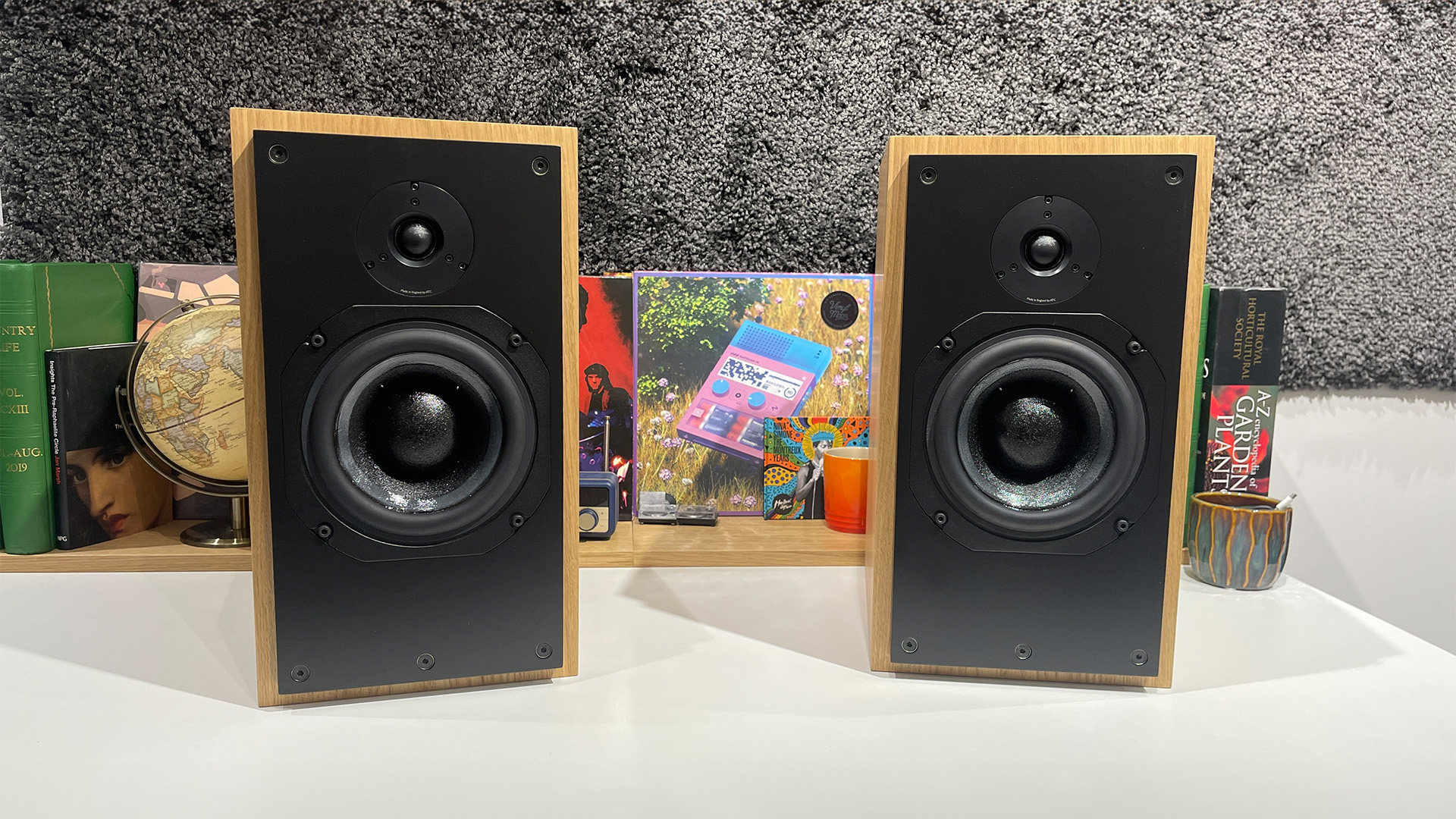What Hi-Fi? Verdict
ATC’s SCM20ASL is about as insightful and transparent a speaker as we’ve heard at this level. Be warned though, their honesty-first approach won’t suit all
Pros
- +
Astonishing clarity, control and resolution
- +
Taut and articulate bass
- +
Rock solid build
Cons
- -
Ruthless in exposing flaws in recordings and partnering components
- -
Some may crave greater low-end weight and muscularity
Why you can trust What Hi-Fi?
What is the point of a hi-fi system? Is it to entertain the listener with their favourite tunes, almost regardless of recording quality, or is it to deliver every bit of information on the recording as honestly as possible?
If you lean towards the latter camp, then you're in for a treat with ATC’s new SCM20ASL active monitors.
ATC’s speaker models tend to have long lives by general industry standards. The standard, passive SCM20 was first introduced back in 1990 and continues in production to this day.
While there have been a few changes along the way, with meaningful upgrades to both drive units, in essence, it remains much the same. That’s no bad thing, considering just how talented these speakers are.
The first active variant was released in 1998, and the ATC SCM20ASL active speakers on test here remain remarkably faithful to that original’s formula. They follow on from last year’s 50th anniversary celebration model, but miss out on the fancy paint finish and leather-covered front baffle of that limited edition. There is a significant cost reduction too, with the special edition pair costing a hefty £10,500 / $13,999.
Design & engineering
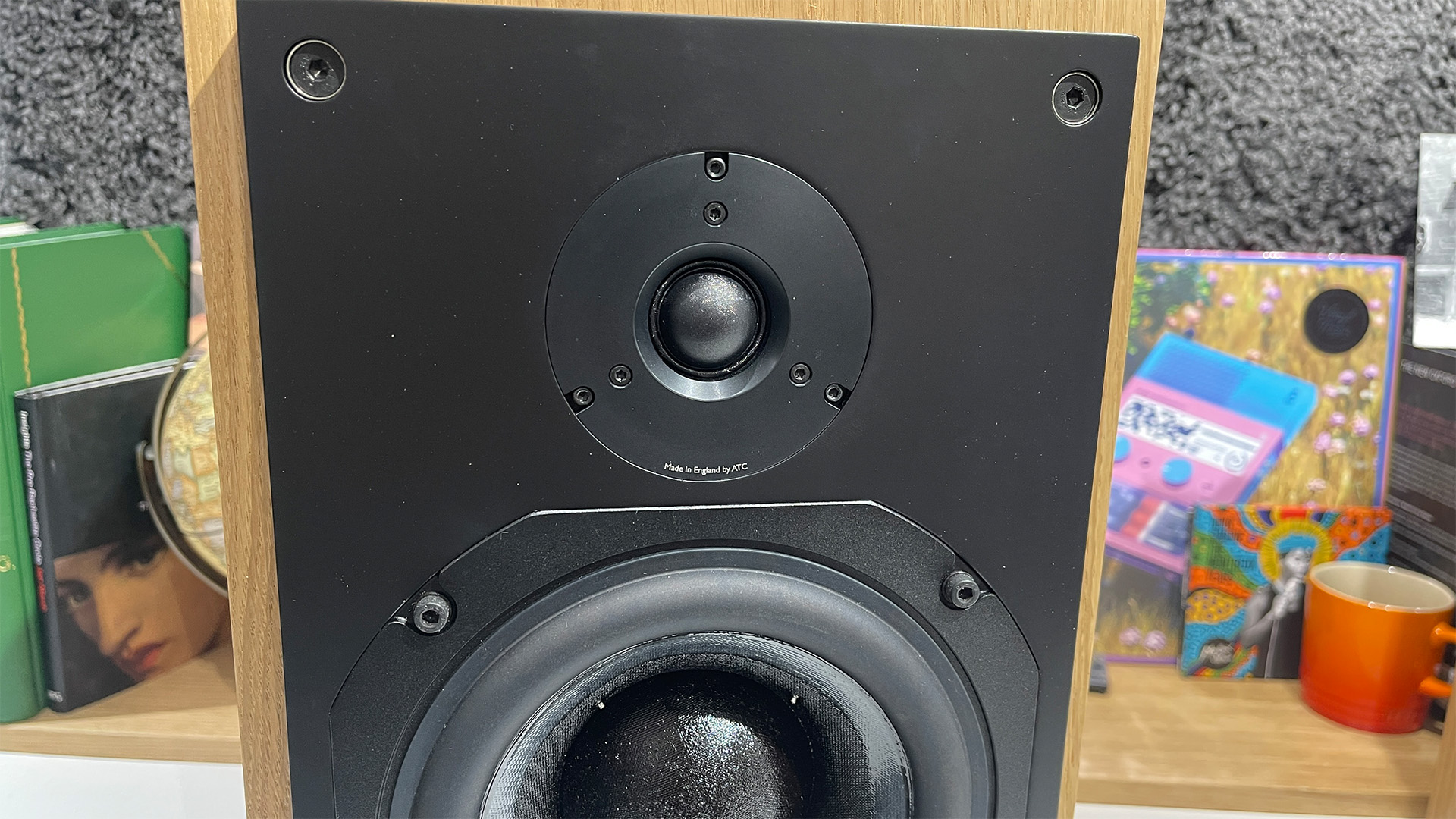
ATC has its feet firmly planted in both professional and domestic audio camps, and unusually, there is little to distinguish its products from these two sectors other than their finish.
The studio speakers are typically covered in textured black paint, whereas products intended for home use tend to be clad in traditional wood veneers or more sophisticated paint finishes.
The latest hi-fi, home cinema and tech news, reviews, buying advice and deals, direct to your inbox.
Most importantly, regardless of the target market, the speakers are voiced identically. So, when you buy a pair of SCM20ASL speakers for your home, you will be getting the same sound as the studio engineer who uses the Pro version for nearfield monitoring.
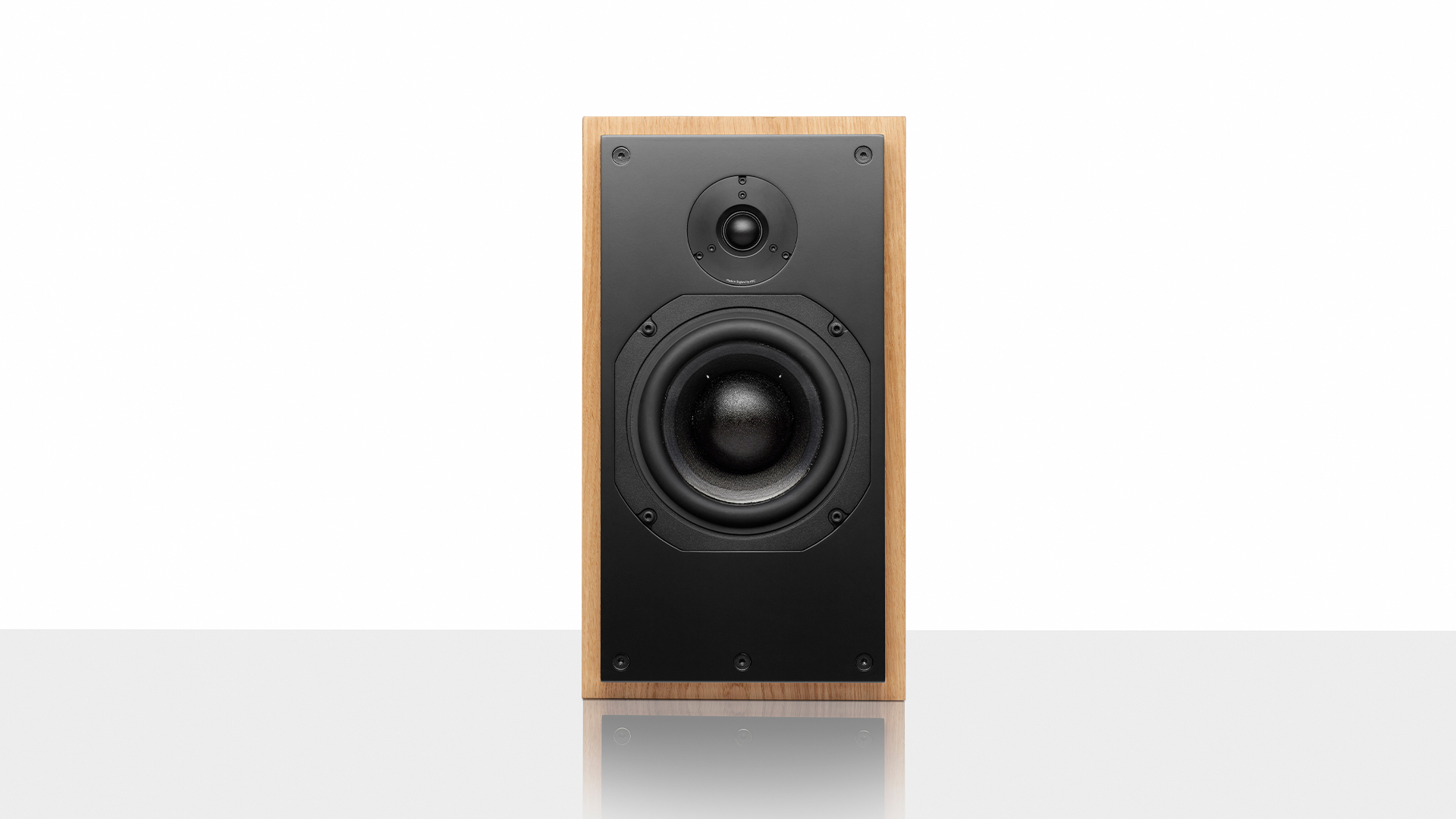
Type Active standmounts
Drive units 25mm soft dome tweeter, 15cm mid/bass
Power 250W per channel
Inputs Balanced XLR
Ported? No (sealed box design)
Bi-wire? N/A
Impedance N/A
Sensitivity N/A
Dimensions (hwd) 45 x 25 x 41cm
Weight 27kg
Finishes x 6 standard finishes (cherry, black ash, walnut, oak, satin black, satin white); premium options available
The SCM20ASL are chunky, medium-sized two-way standmounters. They stand 45cm tall, weigh a hefty 27kg each and give off a no-nonsense functional aura that we find hugely appealing.
On paper, the combination of a 25mm soft dome and 15cm mid/bass seems pretty conventional, but these are both in-house designs that have been carefully honed to meet the company’s high standards.
The SH25-76S tweeter is a twin suspension design that is designed to suppress mechanical rocking motion through its travel, so reducing distortion and improving resolution. Its chunky motor system is based around a large 60mm Neodymium ring magnet.
Below 2.2 kHz, the signal passes to the long-running SB75-150SL mid/bass unit. This has an unusual diaphragm that combines a 75mm dome with a 15cm cone to ensure a wide operating range and uses one of the biggest magnets we’ve ever seen on a driver of this type.
This drive unit alone weighs 8.4kg, which is more than many complete speakers do. The large 75mm voice coil and short coil/long magnetic gap configuration all go into making a drive unit capable of accepting high power inputs while generating low levels of distortion.
Low frequency accuracy and lack of distortion are also reasons that ATC’s engineers decided to make the SCM20 a sealed box design rather than ported, as just about every rival is. The company claims that such a configuration leads to tauter, more agile and accurate bass, though at the cost of an earlier bass roll-off and low speaker sensitivity.
The passive versions of these standmounts are rated at an uncompromising 85dB/W/m.
Features
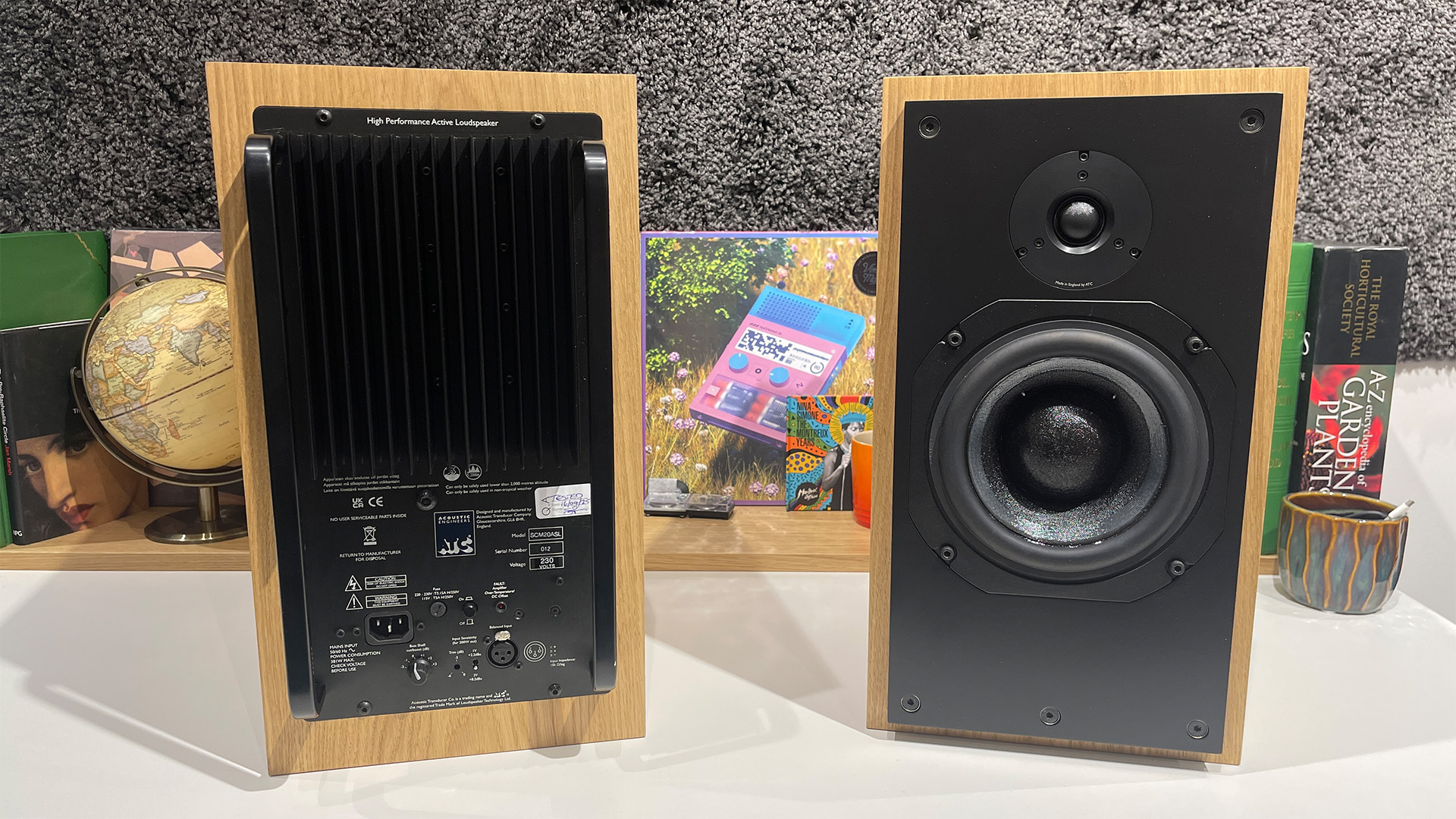
However, we have the active versions here, so speaker sensitivity isn’t an issue. The SCM20ASL packs 250 watts of Class A/B power into each cabinet, split into a 200-watt amplifier driving the mid/bass and a 50-watt module for the tweeter. The signal is split by a 2nd order Linkwitz-Riley active crossover. Input is via a balanced XLR socket only.
Take a look at the rear of the speaker and you will find adjustments for input sensitivity next to the balanced XLR input. These input sensitivity controls allow the SCM20ASL to be optimised for the partnering preamp or source, if it has a volume control built in. You will also find a bass control that allows a subtle degree of bass cut and boost.
These low-frequency adjustments could prove useful to optimise the speaker’s performance in location, but in our 3 x 7 x 5m test room, we find them to sound the most open, agile and natural with the rotary control set to the neutral 0 setting.
Any prospective owner will have to accept that a sealed box design such as this is never going to be a bass monster. We’re sure ATC would be more than happy to point you towards its range of subwoofers or one of the larger speakers in its range, if you want more in the way of low-end weight and authority.
Build quality & compatibility
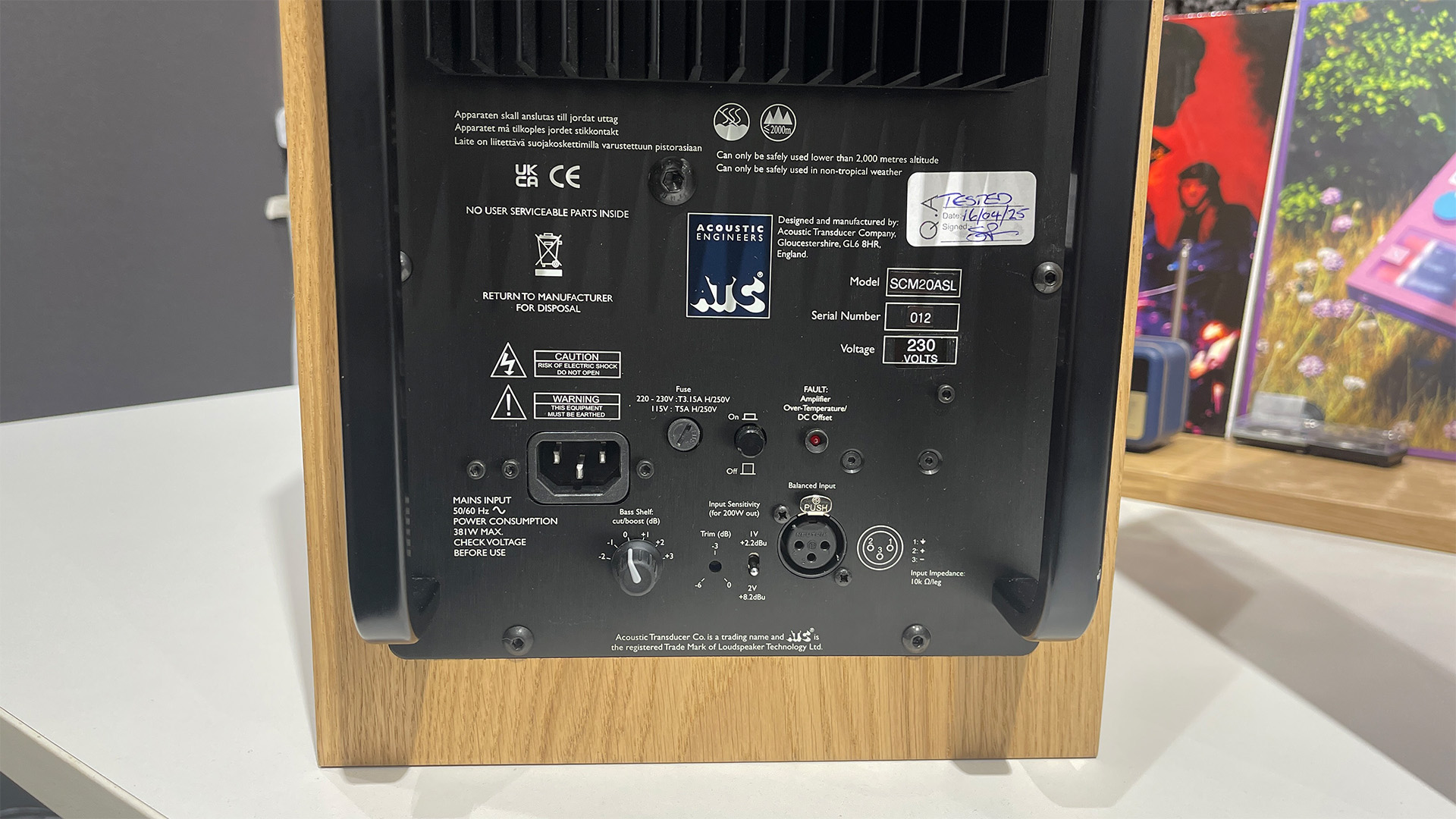
Build quality is as formidable as you would expect from a company that makes speakers that are designed to work hard in a studio for decades at a time. Fit and finish are good, as is the quality of the oak veneer on our review sample.
ATC is a small company, so understandably, it can’t quite match the cosmetic slickness that industry giants such as KEF or Bowers & Wilkins manage, but we don’t mind. This product, and others from this manufacturer, have an obsessive focus on performance and engineering that we can’t help but love.
The SCM20ASL feels reassuringly solid, and from experience, we know that the drive units are capable of taking plenty of punishment without complaint. The additional control and protection offered by active operation over a passive set-up simply reinforces the speaker's ability to play loud and true without issue.
As far as positioning is concerned, we find that they work best in an equilateral triangle arrangement, as ATC recommends, angled directly towards the listener. It pays to get your ear height just right relative to the speakers, around halfway between the centre point of each driver, which optimises focus.
Unusually, we prefer the sound with the grilles on; these monitors feel a little better balanced when used that way.
While it is tempting to put these up against a wall to maximise bass quantity, that’s not something that we would do, because the loss of transparency and stereo imaging ability is too obvious.
Even if you apply a degree of bass adjustment to add more low-end emphasis, there is a cost in clarity. Best to accept these speakers for what they are and optimise for their strengths, of which there are many.
Sound
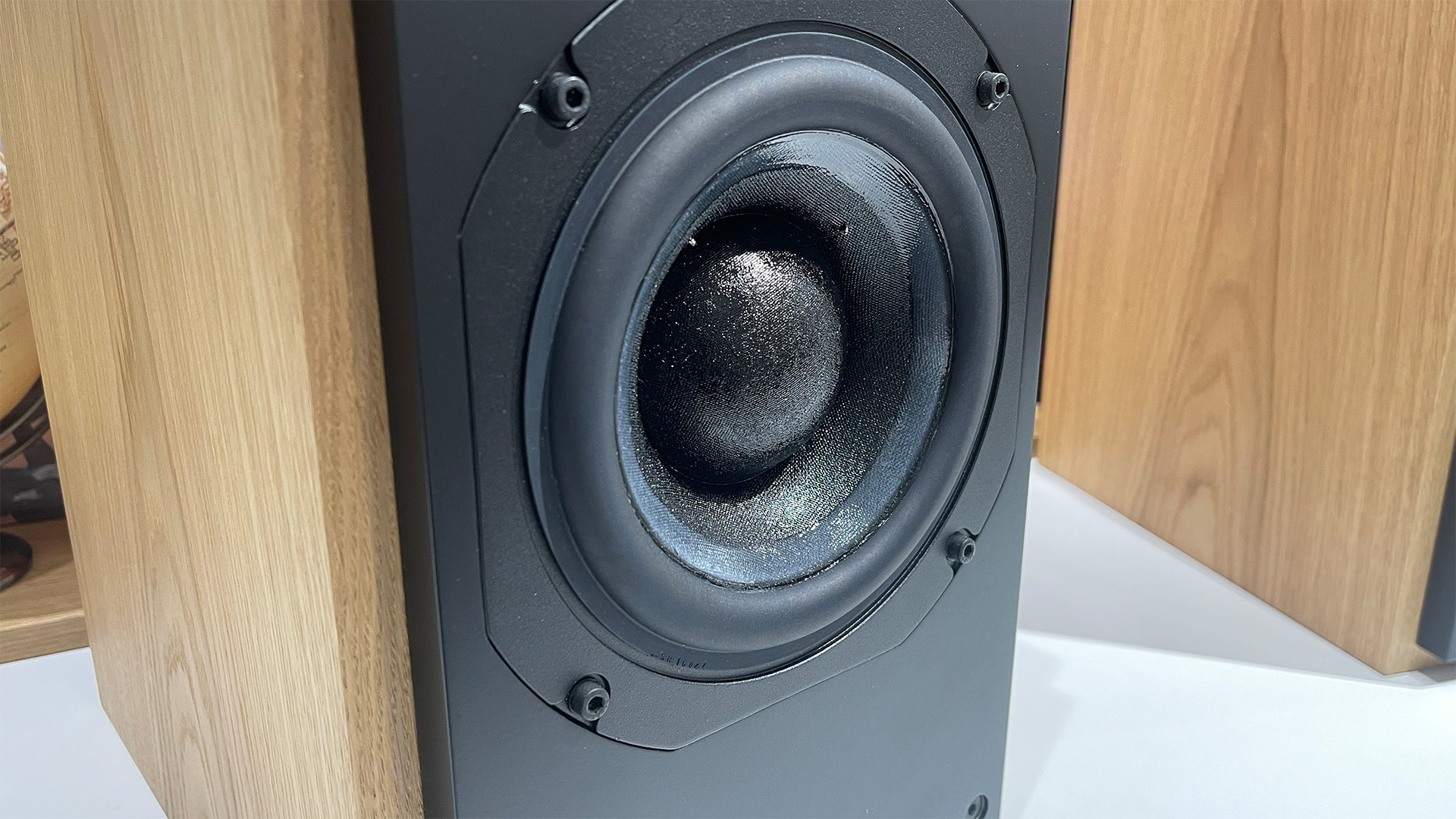
These are ruthlessly revealing performers. If you want to hear exactly what is on the recording, we can’t think of an alternative that does the job better within the SCM20ASL’s operating limits. These active standmounts put exactly the same magnifying glass on the rest of the system too, so if your source, preamp or cables aren’t up to an appropriate standard, these monitors won’t be shy about exposing the fact.
Top quality components such as our reference Naim ND555/555 PS DR music streamer and Burmester 088 preamp do well, of course, and even more modest though talented products such as the Lindemann Limetree Bridge II/ Chord Hugo TT music streamer combination or Audiolab’s 9000N music streamer will produce good results. Ultimately, these ATCs simply reflect the signal quality they are fed.
If that’s good, then these speakers are a treat. They are neutral while avoiding the sterility that many other products that aim for such a balance struggle with. The integration between the drive units is wonderfully seamless.
The speaker’s character changes very little as we move away from the sweet spot, which suggests well-controlled dispersion characteristics from both drive units and a well-engineered active crossover.
The SCM20ASL’s resolution of detail is astonishing. They pick up the low-level instrumental stands in Quincy Jones’s Back On The Block set effortlessly and manage to arrange that mass of information into an organic and convincing whole.
Voices come through with outstanding clarity and naturalness, and when the recording includes the likes of Stevie Wonder, Ray Charles, Chaka Khan and Ella Fitzgerald, that’s a real treat. The speaker’s sense of control is absolute, where even complex tracks such as The Places You Find Love are delivered with unusual composure and calmness.
They are agile too, and have a firm grip on rhythms, which gives these monitors the ability to convey the ebb and flow of musical momentum well, and when the music demands, deliver it with excitement and drive. These are not speakers that add flavour in an attempt to make the recording sound better than it is.
They deliver whatever the original signal has, nothing less or more. ATC’s aim is honesty and transparency, and we think it has succeeded.
With 250 watts of power per channel, it would be fair to expect vivid dynamics, and within the constraints set by the cabinet and mid/bass unit size, the SCM20ASL do well. They don’t have the low-end heft to rattle floorboards or convey the true scale and power of a full-blown orchestra, but they leave the listener in no doubt as to the musical message intended.
Lows, such as they are, are taut, tuneful and beautifully textured.
These monitors image superbly, rendering a wonderfully large-scale and stable soundstage. There is absolute precision in the location of instruments and sounds, and they deliver a pleasing sense of depth on appropriate recordings.
We spend a pleasurable few hours listening to Orff’s Carmina Burana and Holst's Planet Suite, marvelling at the naturalness of the presentation and the way these ATCs manage to float a stereo image free from their cabinets.
Verdict
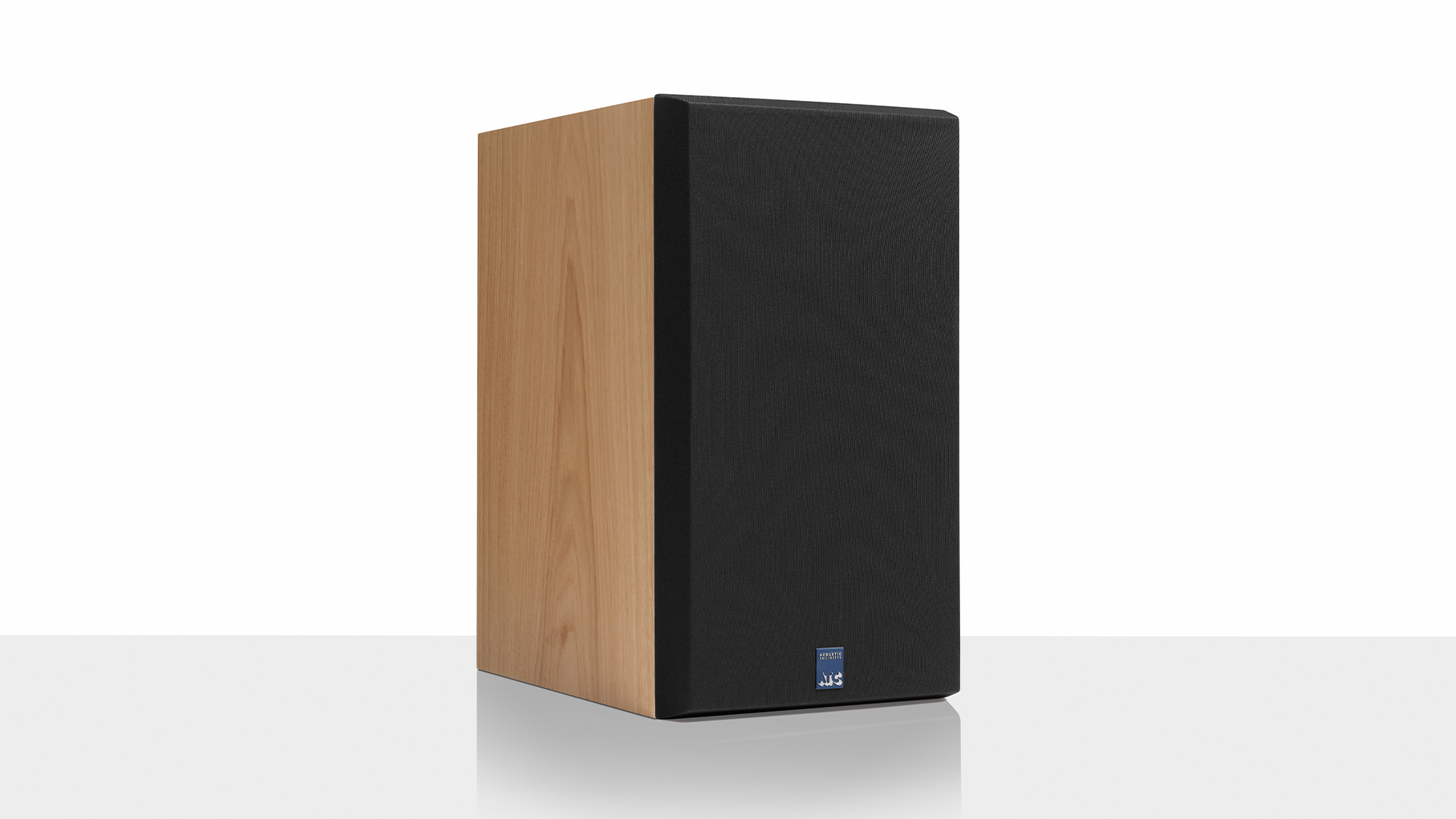
As we work our way through our music collection, we are left in no doubt about the talent of the SCM20ASL active speakers. They certainly aren’t for everyone. Some will find their presentation a little cold and crave a more characterful sound. Others will certainly want more low-end extension and power, and that’s fair enough, too.
But if you want to hear the recording in its unvarnished form, whether for good or bad, in our experience, few alternatives get closer to that ideal than the ATC SCM20ASL.
Review published: 17th July 2025
SCORES
- Sound 5
- Build 5
- Compatibility 5
MORE:
Read our review of the ATC SCM19
Also consider the Fyne Audio 701SP
Read our ATC SCM50 review
Best bookshelf speakers: top standmounts for every budget tested

Ketan Bharadia is the Technical Editor of What Hi-Fi? He has been reviewing hi-fi, TV and home cinema equipment for almost three decades and has covered thousands of products over that time. Ketan works across the What Hi-Fi? brand including the website and magazine. His background is based in electronic and mechanical engineering.
- Kashfia KabirHi-Fi and Audio Editor
You must confirm your public display name before commenting
Please logout and then login again, you will then be prompted to enter your display name.
